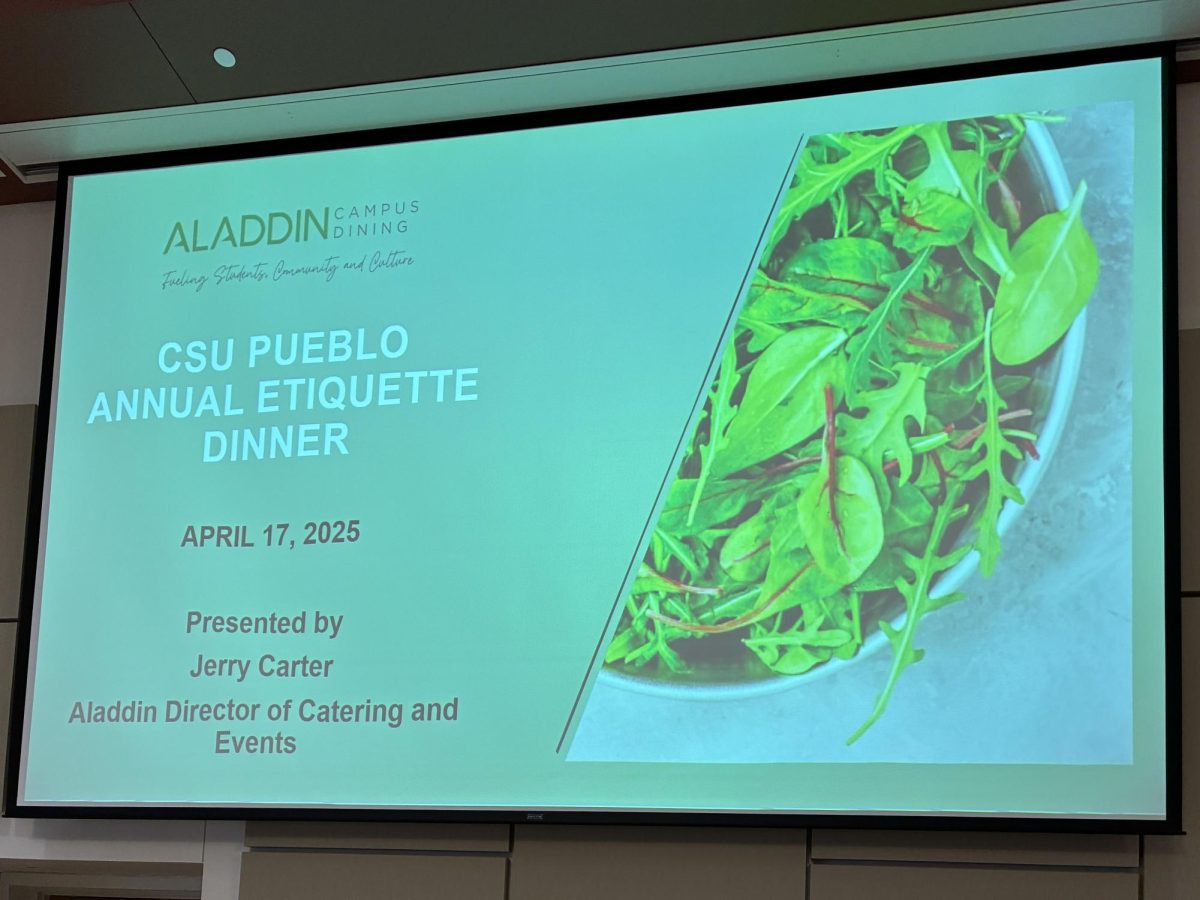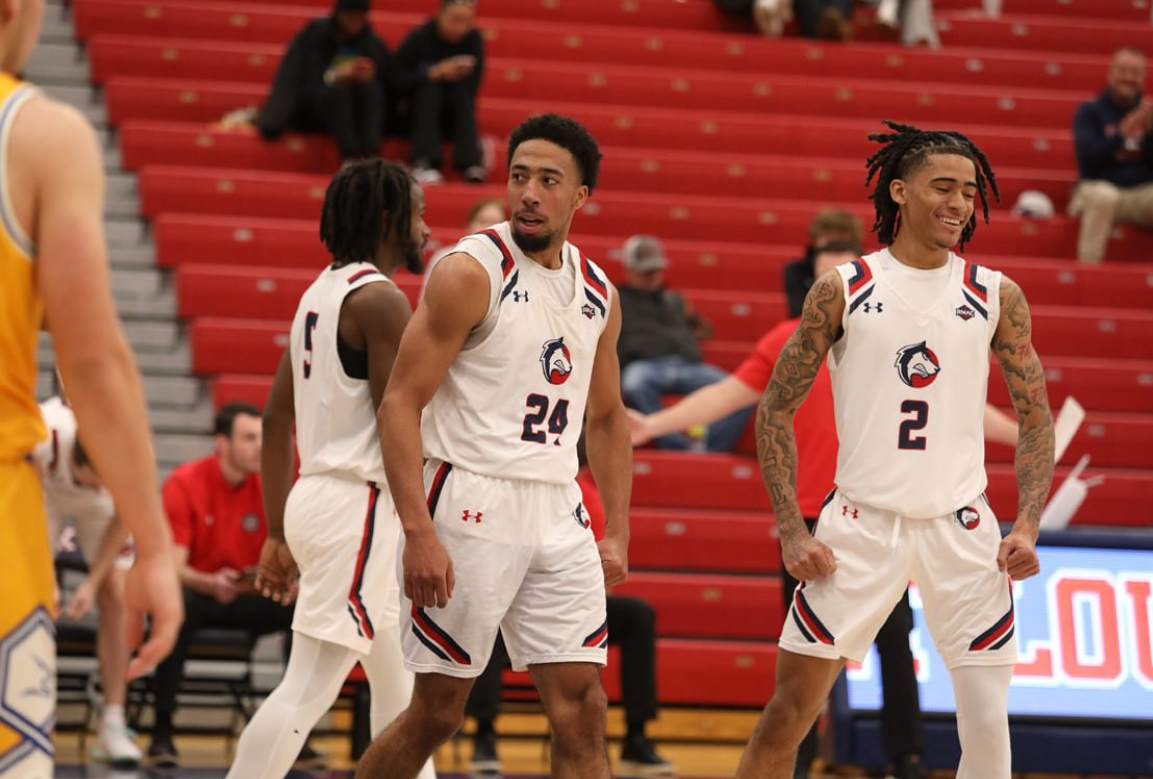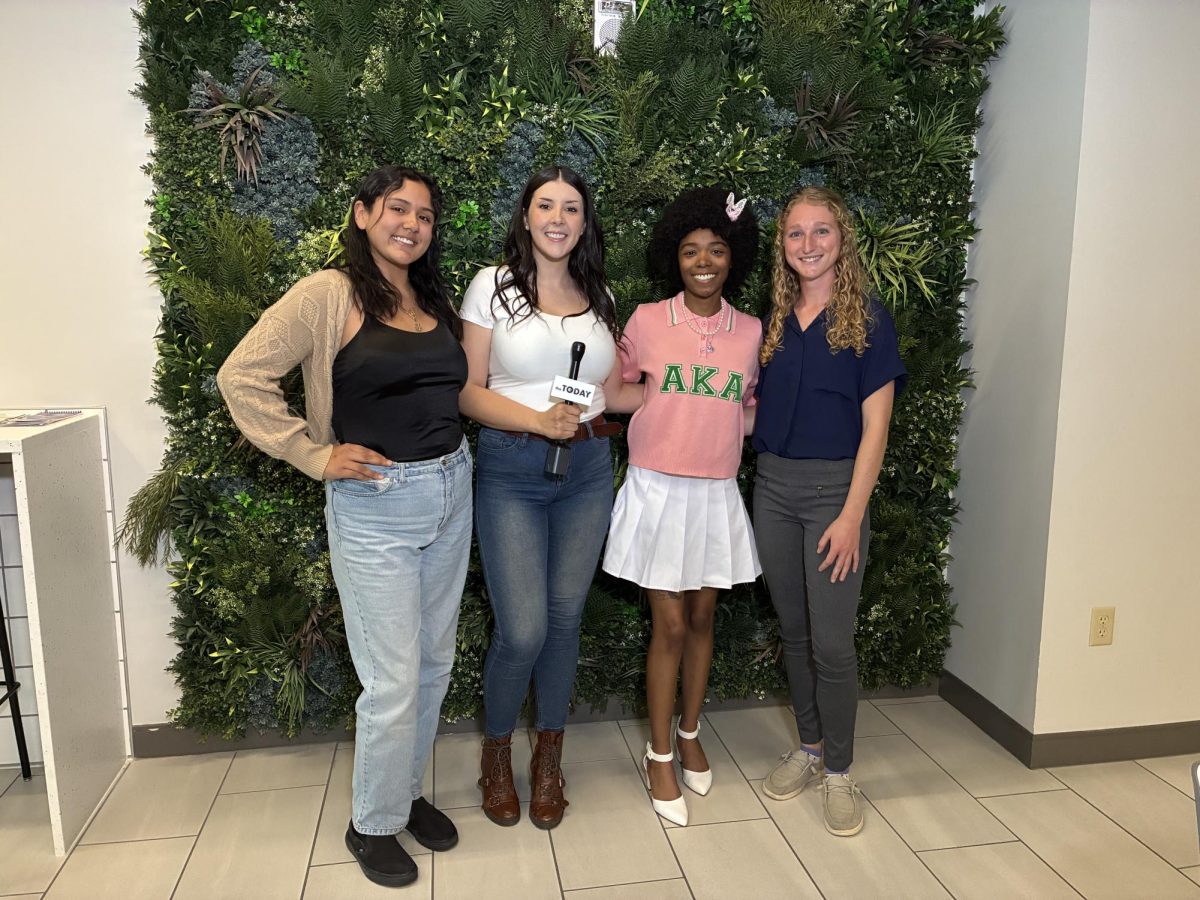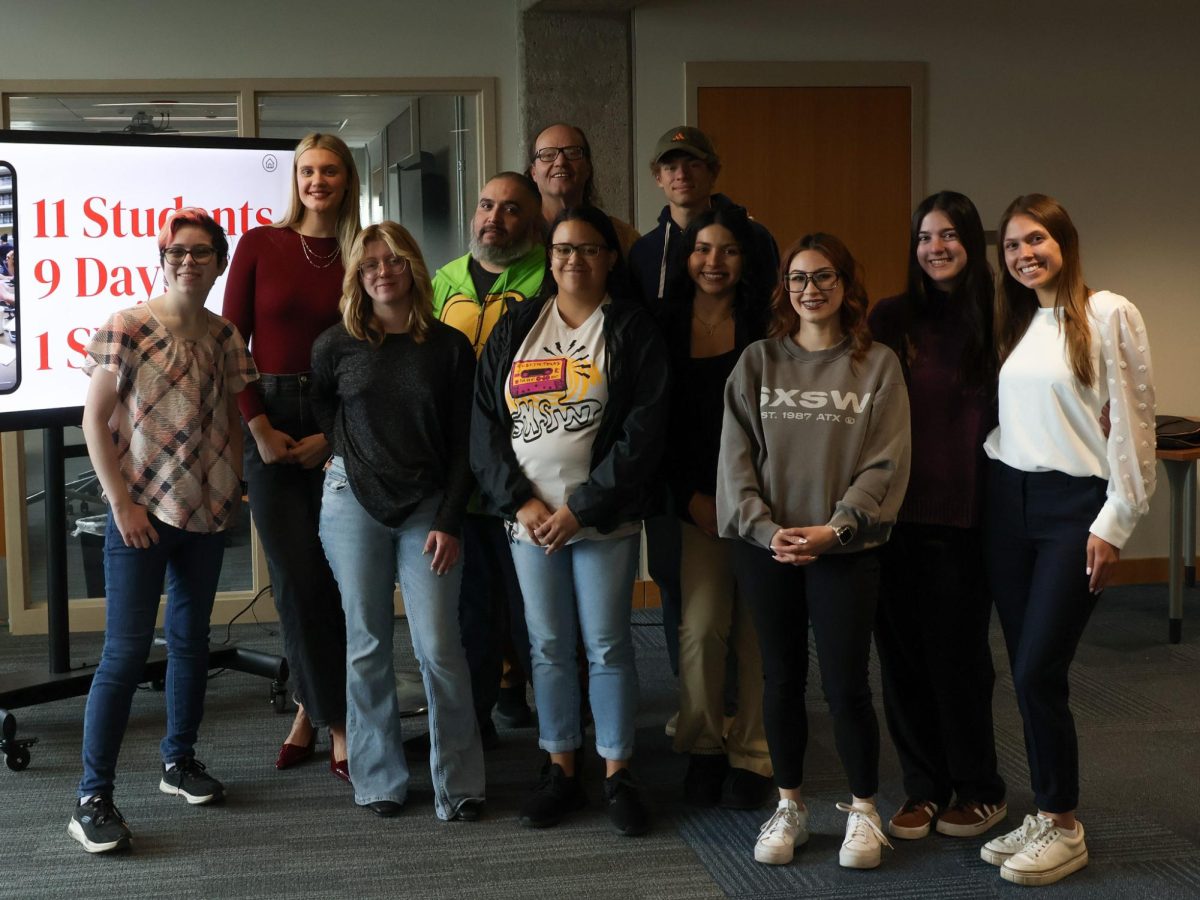By Melanie Mau
Staff writer
Kevin Hines is one of 36 people to survive the jump from the Golden Gate Bridge. Hines shared his story of suicide and personal mental health issues with Puebloans at Pueblo Central High School, to discuss community encouragement for mental health awareness.
“Today is about finding your way on the movement forward through the pain,” Hines said. “Whether it’s pain from a loss, or that internal brain pain that tells you you’re not worthy, that you don’t deserve to be here. It’s a liar.”
Hines said he experienced mental disturbances at a young age. He said he began hearing voices – experiencing auditory hallucinations – for the first time when he was in fourth grade. It scared him, Hines said.
By the end of fourth grade, Hines said the voices eventually left him alone, and he felt relieved. Four years later, as an eighth grader, Hines said the voices came back full-force. He wrote a poem that he said reflected the intense duality he felt inside since the first hallucination appeared. Deciding to never tell his parents, Hines said he pushed the voices aside.
“He is ancient, yet ageless.
He is ticking, yet timeless.
He runs, not hunted, he chases.
He is a man of many faces.
He is the darkness,
Therefore I am the light.
I may be cracked,
But I will never be broken.”
“Auditory hallucinations, they were terrifying,” Hines said. “Voices in my head telling me things I have to do that I definitely don’t want to.”
Burying his pain and suffering in silence, Hines began to experience visual hallucinations as well. He said he began to see things in his surroundings that did not seem to exist for other people. He said his illness became known to others when he experienced paranoid delusions and had a breakdown while acting in a school play.
Hines said medications were prescribed, but he did not follow the regimen correctly. Hines said he did not know of any 17–year–old that does.
Hines said although medication can be beneficial, it is important to understand the power of negative and positive self-talk. “I self-loathed every day,” Hines said. “I would look in the mirror and I would say such hateful things to myself. I would hurt myself with words.” Despite the message of the childhood rhyme, words can hurt more than sticks and stones.
“Words have the power to damage and destroy, or help and heal,” Hines said. There is power in the words people use. The words Hines used to hurt himself were no exception. He said he had to learn to recognize that his inner critical thoughts were flawed. “Those thoughts come from the greatest liar we know: depression and suicide ideation,” Hines said.
“The inner critical voice comes from every negative, hurtful, spiteful thing that’s ever been said or done to us,” Hines said. “Those feelings and words stay with us.” Hines said he still experiences the inner critical voice trying to bring him down, but speaking positive words of affirmation to himself in the mirror has been helpful.
It all starts with inner critical thoughts, Hines said. The brain must be retrained in order to stop the negative thoughts, and according to Hines, it takes practice. “Do it for 21 days,” Hines said. “It takes 21 days to make a habit.” And keep doing it, he said.
“Retrain the inner critical voice to be an inner positive voice,” Hines said. Every time he has a negative thought, Hines said he replaces the thought with a positive self-affirmation. “When I hear ‘Kevin you’re useless,’ I immediately replace it with ‘No, Kevin, you are very worthwhile.’” Over time, Hines said, he was able to retrain his brain to replace negative thinking with positive thinking.
“When you recite and repeat, you then believe,” Hines said. “You begin to believe you are worthwhile, valued, useful, important, that you matter, that you are crucial to the people around you.” Negative self-talk can be turned around. “Every time you crush yourself with words, you need to reverse it,” Hines said. “Every time.”
Hines knows first-hand, the power of negative inner critical thought. “The brain is the most powerful organ in the body,” Hines said, “and if it doesn’t work, the rest of it fails. Brain pain is real,” Hines said. In 2000, pain eventually took Hines to the Golden Gate Bridge where he had planned jump to his death.
“Are you ok?”
“Is something wrong?”
“Can I help you?”
“Those were the words that I desperately wanted to hear right before I catapulted myself over the rail,” Hines said. He took the 220-foot, 25-story, 75 mile per hour freefall, and he said the moment his hands left the rail, he felt instant regret for his actions.
“I knew 100% that I had just made the greatest mistake of my life,” Hines said, “but it was too late.” He is one of 36 people who have survived that jump. Only five of the survivors have full body mobility, and Hines is one of the five.
Hines said he travels the world to speak to audiences about his experience, with the hope of saving even one person per audience. He said he is motivated by the gratitude he felt toward everyone who aided in his recovery.
“Suicide is never the solution to the problem. It is the problem,” Hines said. “When you can find hope in the darkest of hours, then you can find purpose. And when you can find purpose, you can stay here.” People must find a way through the pain to have hope.
Hines shares his story on his website kevinhinesstory.com, and he has several YouTube videos pulished. “When you see a lot of mental illness, that’s a clue that the culture is sick, not the person,” Hines said.
“This is what’s wrong with much of society today: our innate human ability to see someone in the greatest lethal emotional pain they’ve ever experienced, and feel nothing for them, but fear of them and apathy toward them,” Hines said. “Fight the pain, in spite of the pain, to stay.”







![A firefighter stands in the smoke of the June 3 Lake Minnequa Fire while a firefighting helicopter passes overhead. [Today photo/file/Kimmy Reinhardt]](https://socostudentmedia.com/wp-content/uploads/2022/06/284636131_2489009947902060_3475629797326615982_n-scaled-1-1200x900.jpg)
![FFA delegates line the stage at the Massari Arena June 9. [Today photo/Cassime Joseph]](https://socostudentmedia.com/wp-content/uploads/2022/06/Untitled-2.png)
![The Posada of Pueblo staff is a small-but-mighty team of women leaders who work for the city's most vulnerable members. [Today photos/Brianna Sammons]](https://socostudentmedia.com/wp-content/uploads/2022/03/IMG_6710-scaled-1-1200x800.jpg)





